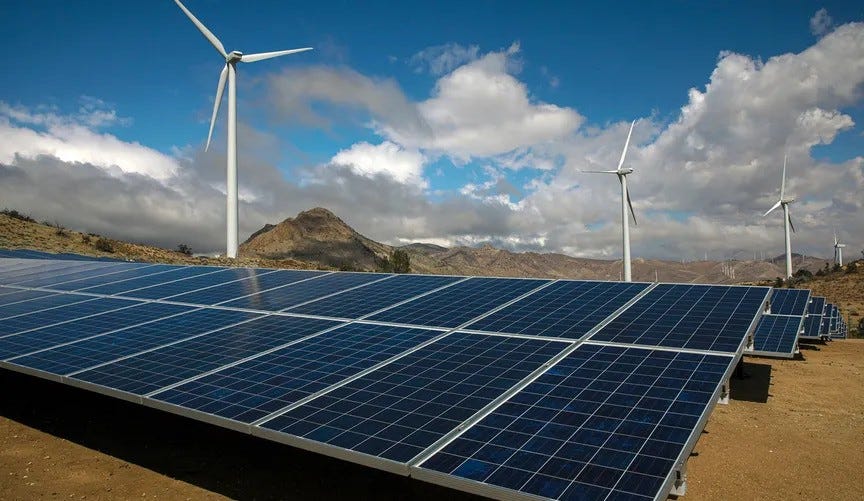The California Grid Ran on 100% Renewables with No Blackouts or Cost Rises for a Record 98 Days
While I’m writing this, a big hunk of Los Angeles is burning down. Even so, it remains the sixth largest economy in the world, and leads the way in so many aspects of all that is good and getting better in America.
According to an article in Electrek, “Compared to the same period in 2023, solar output in California is up 31%, wind power is up 8%, and batteries are up a staggering 105%. Batteries supplied up to 12% of nighttime demand by storing and redistributing excess solar energy.”
This is no small deal
And here’s the kicker: California’s high electricity prices aren’t because of wind, water, and solar energy. That issue is primarily caused by utilities recovering the cost of wildfire mitigation, transmission and distribution investments, and net energy metering.
In fact, researchers from Stanford, Lawrence Berkeley National Laboratory, and the University of California, Berkeley found that states with higher shares of renewable energy tend to see lower electricity prices. The takeaway – and the data backs it up – is that a large grid dominated by wind, water, and solar is not only feasible, but also reliable.
Reliability is important, because the lack thereof at PG&E (Pacific Gas & Electric) has been blamed for more than 30 wildfires since 2017 that wiped out more than 23,000 homes and businesses and killed more than 100 people. It has thus far reached settlements with wildfire victims of more than $25.5 billion. Its wildfire reputation is PG&E’s Achilles heel.
So, that’s an infrastructure problem and, even with its failings, it performed without blackouts for over three months. California leads the nation in many ways, yet its renewables success seems not to be encouraging other states.
I don’t know why.
Seems like something that would be an encouragement.

